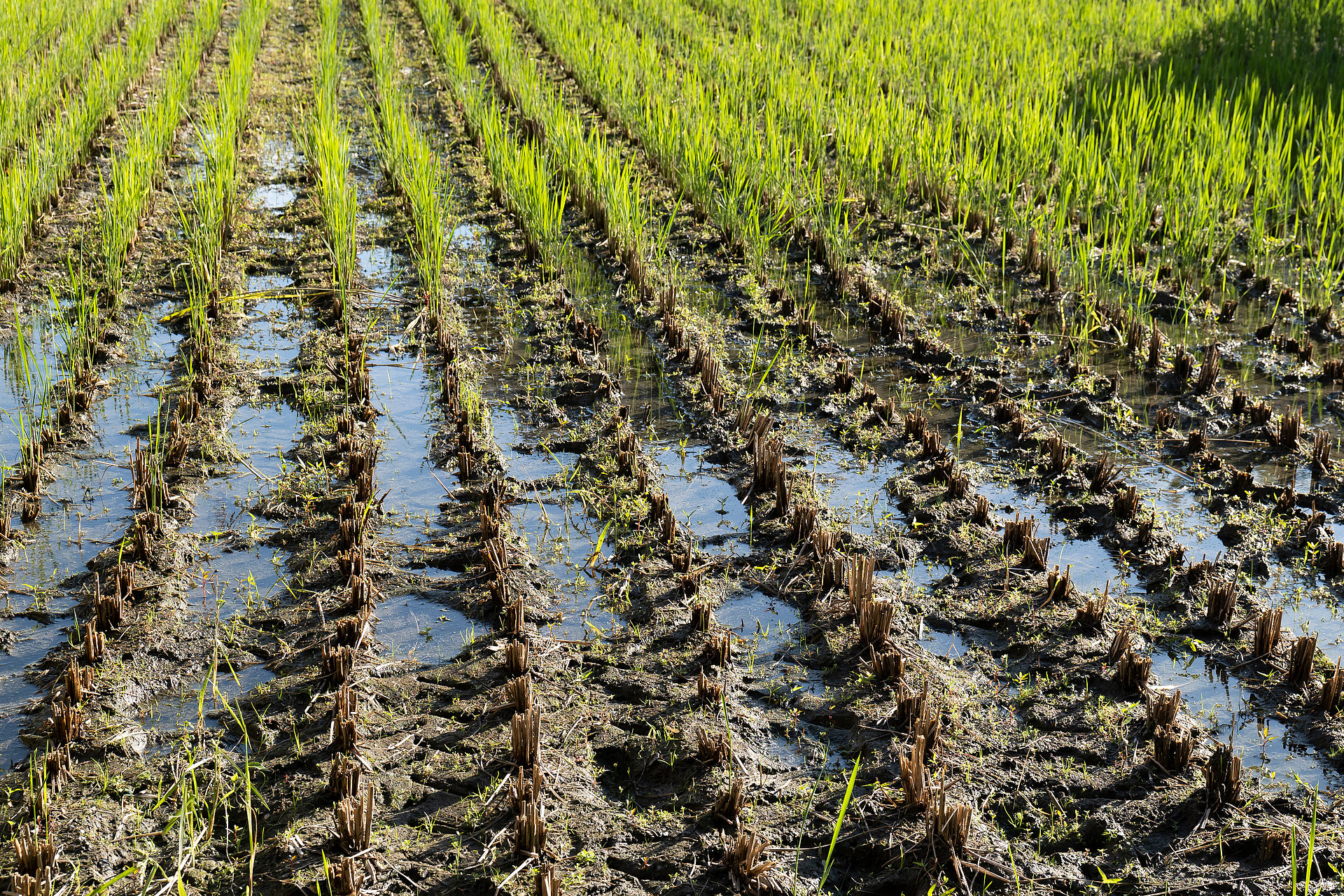How waterlogging hinders crop yield
Over the past 18 months, we have seen major weather events as a result of La Niña. Not only did we see extensive amounts of rain, but we also experienced severe flooding throughout Australia.
For farmers, La Niña has been bittersweet. The above-average rainfall meant we saw full dams and it enabled a full moisture profile for the future growing seasons. However, too much water or improperly managed water can hinder your crops’ yield.
In this month’s letter, I’ll explore how and why improperly managed water can significantly impact crop yield
From the time we commenced in 1979, Vantage BMS has provided Australian farmers with industry-leading precision landforming solutions, initially used for irrigation. But, with recent advancements in landforming software, new opportunities have developed for our landforming solutions to improve surface drainage and boosting yields.
Reducing waterlogging with Vantage BMS landforming solutions can reduce crop nutrient deficiencies and toxicities, root death and increase crop growth - all elements that are imperative to successful yield.
To better understand waterlogging and its impact on Australian farmers, I’ll break it down further.
What is waterlogging?
Put simply, waterlogging occurs when the soil or regions of fields are completely saturated in water. Waterlogging occurs when natural flooding, excessive rainfall, poor drainage or over-irrigation brings water from underground levels to the surface. This results in crop loss and yield. Recent studies from researchers at the University of Sydney have shown that indentations in the field as small as 5cm can have a significant impact on crop yield.
According to the AGRIC WA, from 2014/15 to 2018/19, waterlogging and inundation across WA’s agricultural areas caused an estimated annual loss of $46 million. While these results vary from season to season, similar results can be reflected throughout other states and territories.
How does waterlogging hinder crop growth?
Waterlogging occurs when excess water in the root zone inhibits oxygen from reaching the root of the crop which affects plant growth and production, and can result in plant death.
When soil is waterlogged, it places severe constraints on the gas exchange between plant roots and the atmosphere. This rapidly exhausts the oxygen in the soil and restricts the water and nutrient intake of the crop, resulting in poorer crop yields.
Depending on the crop, the depth of the waterlogging and the length of time the soil is inundated determines the crop loss. On average, waterlogging decreases crop yield by 32.9% when compared to soil with no waterlogging.
According to Sugar Research Australia, sugarcane can suffer a yield loss of 15-20% after five days submerged, 30-60% yield loss after 10 days and between 37-100% yield loss after 15 days waterlogged. And similar results can be seen in other crops such as wheat, cotton, canola and more.
How does waterlogging hinder crop growth?
Depending on the severity, there are a number of suitable methods to manage waterlogged conditions, including:
- Use shallow surface drainage in fields
- Growing more tolerant crops
- Altering nitrogen management to suit the waterlogged conditions
- Use surface water management upslope to divert surface drainage
- Use mole drains or subsurface tile drains
With prevention rather than reaction saving time, money and a lot of heart ache, surface water management is one of the most effective ways to reduce waterlogging on-site. By diverting the surface water with precision landforming, growers can reduce erosion, place the water runoff in a better position and reduce saturated soil in waterlogged areas.
Vantage BMS’ water management solution
I’m proud to say that with 40 years as an industry leader in landforming and water management, Vantage BMS offer solutions to Australian farmers to manage ponding in fields effectively.
Across our fully authorised service centres throughout Australia, we have specialist equipment to assist with all aspects of agricultural landforming, and a team of experts who specialise in hydraulics, electronics, laser technology, machine control and GPS.
Our expert team provide Optimum Surface Landforming solutions that modify the topography of fields by designing, cutting and filling a predetermined 3D surface using GPS machine control to improve water management and minimise required earthworks.
By combining a range of industry-leading precision ag systems from Trimble Agriculture, OptiSurface, and our range of scrapers and blades, we can improve drainage on dry land and pivot irrigated fields.
We start with an accurate topographic survey to accurately map your existing field using the Trimble TMX-2050 Display and the Vertical Point RTK correction service with a local base station. Our experienced designers then load the survey into the OptiSurface Design software to create cut-fill estimates, multi-direction variable grade design and more.
Once the topographic designs are selected, a controlled file is loaded into the Trimble Field Levell II system which will automatically control the hydraulic valves on any type of bucket or scraper for accurate landforming.
When you invest in Vantage BMS’ precision water management solutions, we ensure your land’s drainage is optimised and waterlogging is decreased, improving crop productivity and simplifying operations, resulting in improved yields.
Contact us to discuss how Vantage BMS can help with your water management, or download the Beginners Guide to Landforming today.







